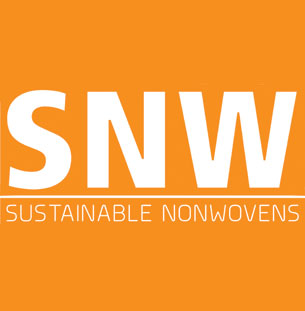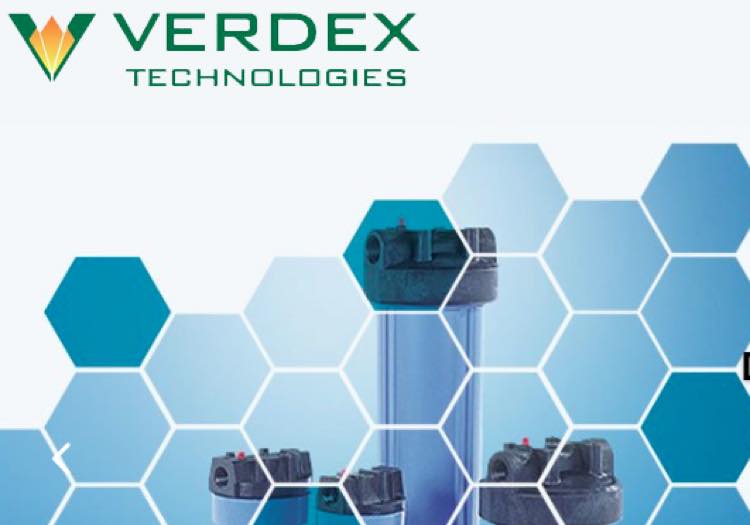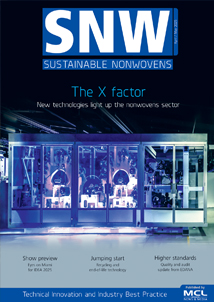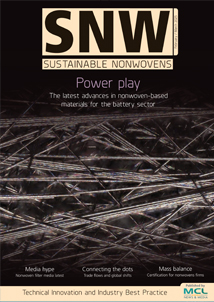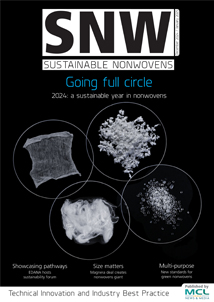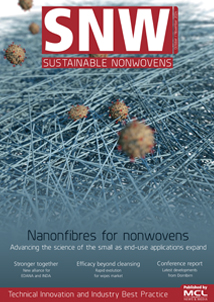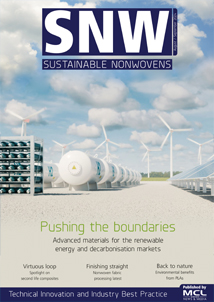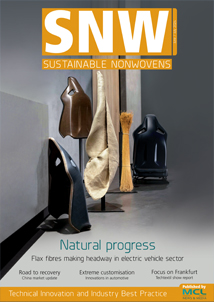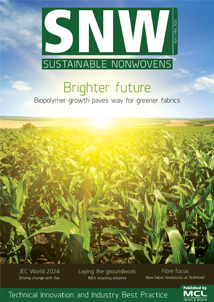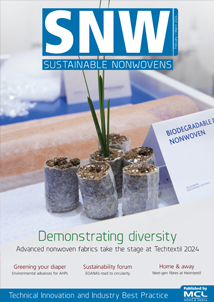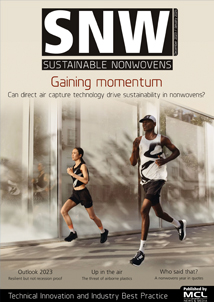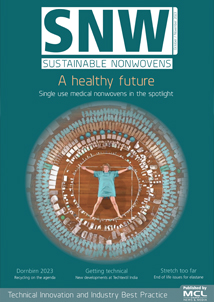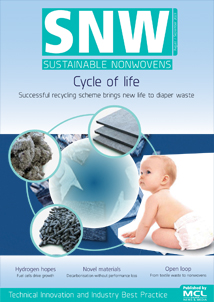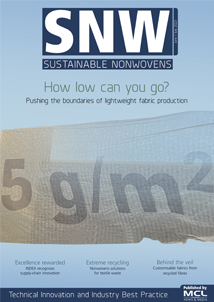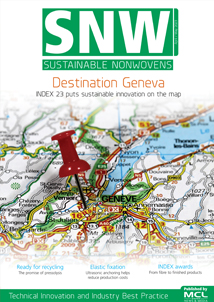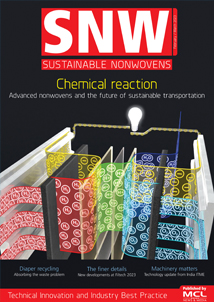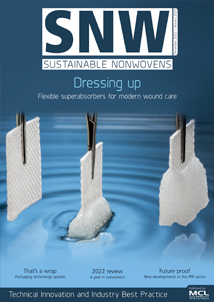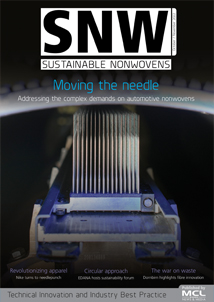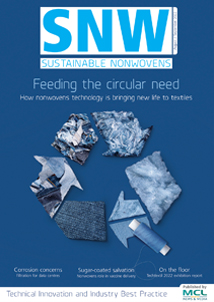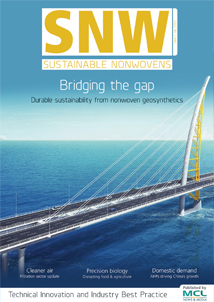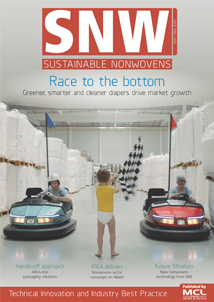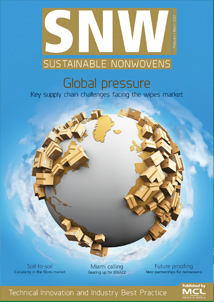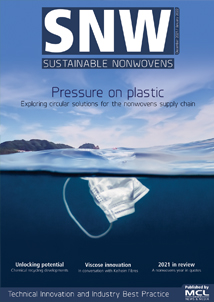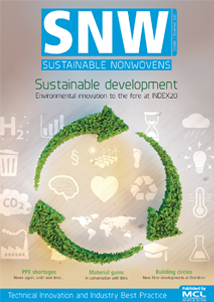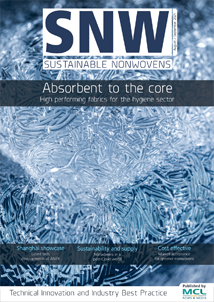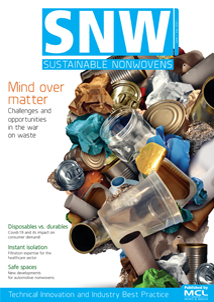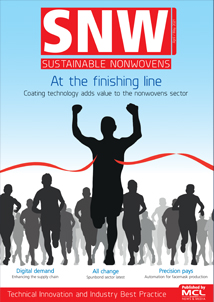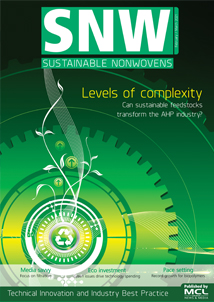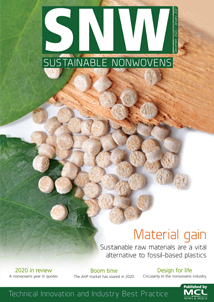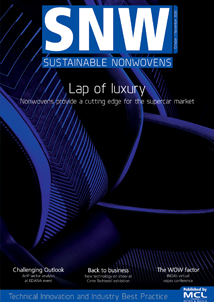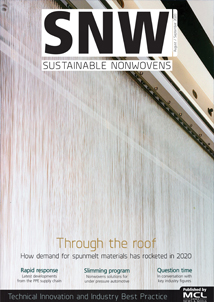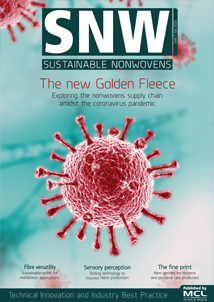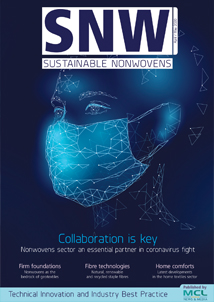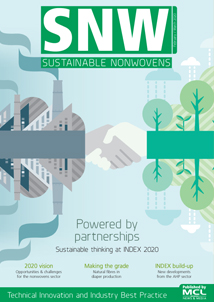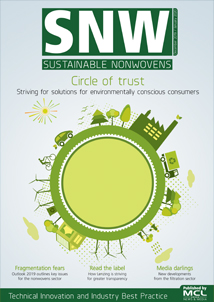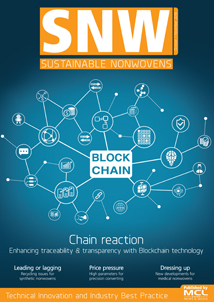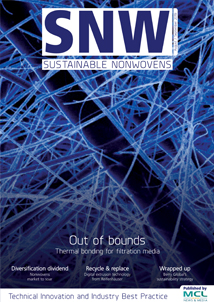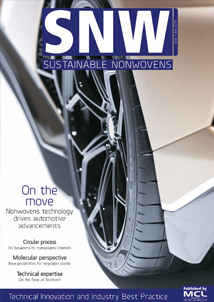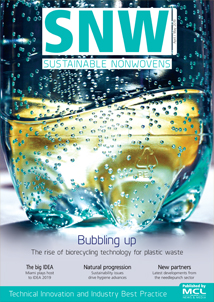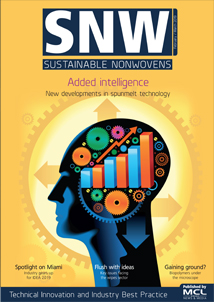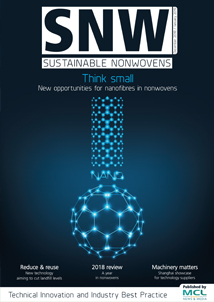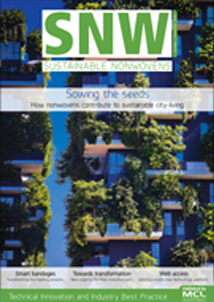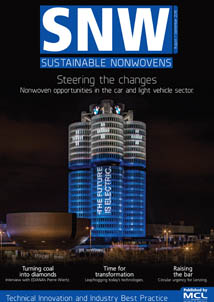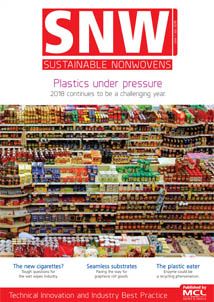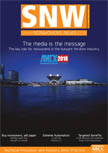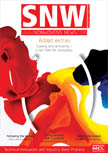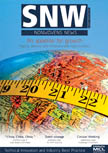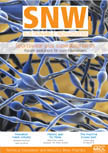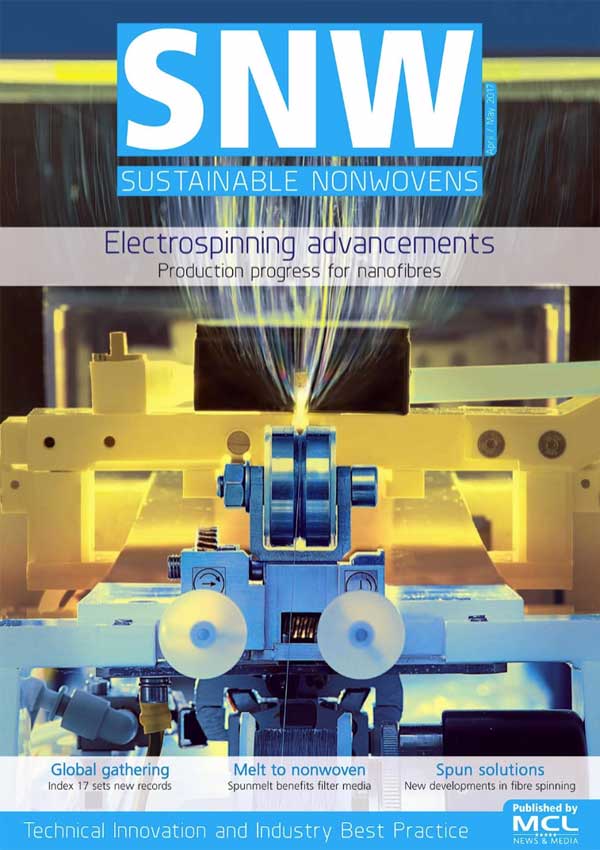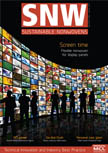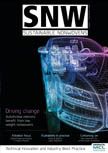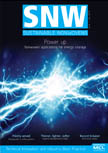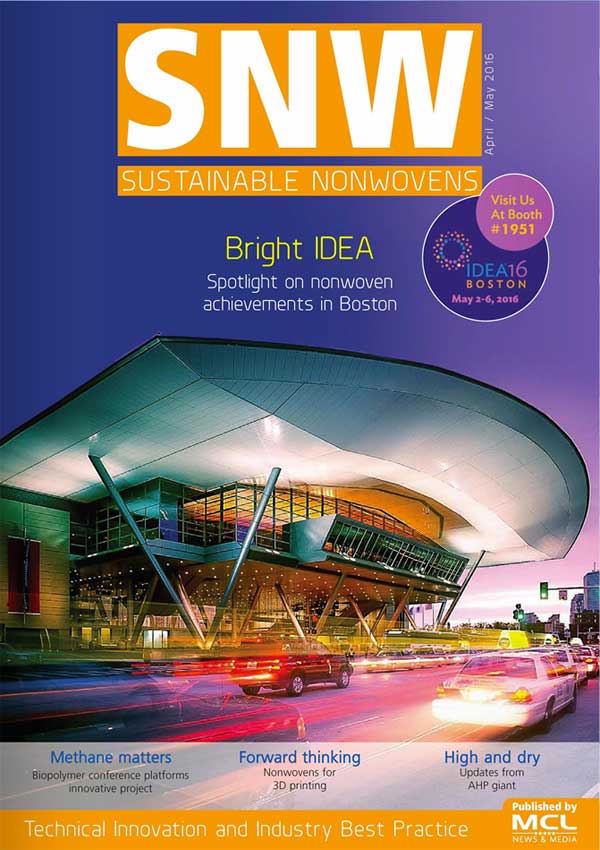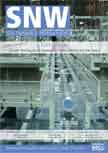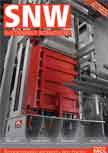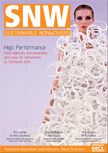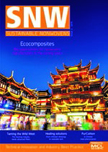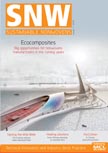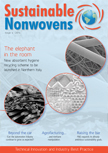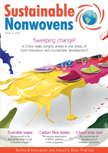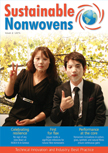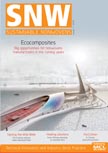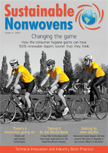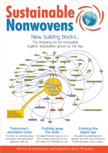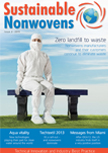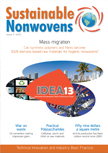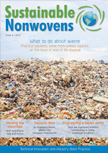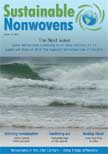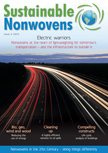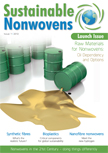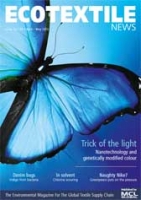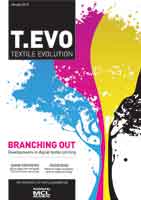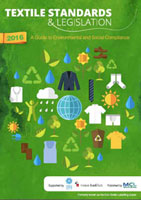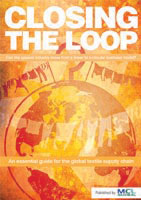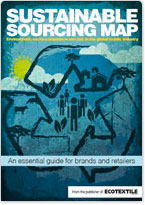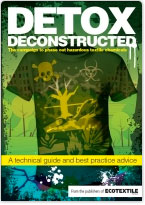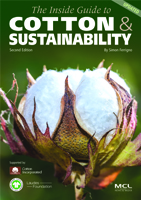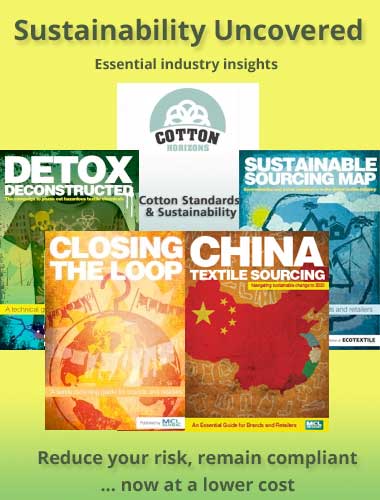ATLANTA - Verdex, the manufacturer of technical and performance-based nanofibre materials and nonwovens solutions, has secured funding to scale its proprietary nanofibre technology.
The investment, lead by SOSV, an international venture capital firm which has invested US$3.9 million to date, will fund the completion of a commercial manufacturing unit located in Richmond, Virginia. This investment follows ten years of customer validation from top-tier nonwoven companies, critical R&D, and patent filings, resulting in a unique functionalized production technology that is capable of producing a wide range of advanced nanofiber products.
The Verdex Process, which is described as "a very different breakthrough technology" is expected to greatly expand opportunities for the use of nanofibres. This patented technology is said to provide nonwovens manufacturers with the capability to offer a wide variety of functional enhancements to their products with nanofibres.
It was founded by Dr. Larry Marshall in 2010. Dr. Marshall who spent his career at DuPont developing and commercializing Tyvek. Verdex uses a proprietary solvent-free process using only low heated air to produce its nanofiber media.
“One of the most unique abilities in The Verdex Process is our ability to customize and functionalize our nanofibers. This allows Verdex to incorporate particles into the fibre matrix to target specific challenges and problems in multiple industries to create game-changing products.” said Damien Deehan co-CEO at Verdex.
As Verdex looks for a disruptive product to go-to-market, the company says it has concentrated all its efforts in developing a HVAC/HEPA media and product that it believes will be a game-changer for the industry. Unlike current HVAC media which lacks the ability to capture viruses / submicron particles, Verdex’s patented process provides a 3D nanofibre media which combines high submicron particle capture.
The greater active surface area of the nanofibres and minute deviations in pore size, ensure very high filtration material performance. Potential applications for these nanofibre based filtration products include liquid and air filtration, to filter out bacteria or pollen, for example. The fibres in the nanofibre products have a thickness of only 100 nanometres, whereas ordinary nonwoven fibres are about 100 times thicker, the company says.
Verdex is actively looking for leaders in their respective industries, who are interested in purchasing nanofiber media and integrating this patented technology into their own products to create higher value products that command high value in the market place.
Up to now, the company has conducted a joint project with Carpet America Recovery Effort (CARE), with the Verdex technology taking recycled post consumer carpet and turn it into high value, high volume filtration and acoustical products. Verdex’s patented spinning nozzle technology converts the PCC material directly into nano/micro fibres, which are blended with larger fibres to form the air, water and acoustical filtration products.
The Verdex Process can produce nanofibres from PP, PLA, PET, Nylon 6,6 and recycled carpet, and can add functional particles to nanofibres such as (activated Carbon, Kaolin, Chitosan, Calcium Peroxide, Citric Acid, Copper Oxide, Zeolites, Manganese Oxide and others) so they are combined into the media.
Verdex technology is capable of spinning recycled “cleaned” PET carpet fibre containing 15-20% PP and 4-6% ash, which can then be used for filtration and acoustical applications.
Another unique capability is the ability to control nanofibre distribution size from 500 nm to 4 denier per filament in the same web. Nanofibres and larger fibres are co-mingled and not layered to give the lowest possible pressure drop.
